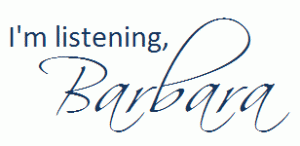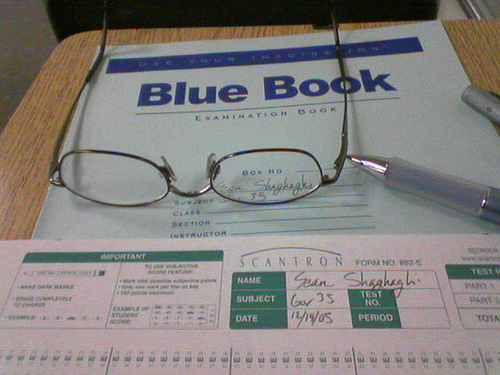I found out, despite the fight I put up getting one, that Twitter is not as bad as I thought. It can actually be a quite helpful tool for getting information about events and simply networking with people. Twitter is a good way to get your name out there for people to see. Another thing it is good for is increasing your visivbility on search engines. Things like Twitter and PROpen Mic can help you boost your name to the top of the list.
“Keep your eyes and ears on the news. Reading and watching it can help your write for print and broadcast, not to mention it’s just a good idea to know what’s going on in the world. The podcast “Wait Wait!… Don’t tell me!” and it’s lightning round revealed to me how little news I’m actually aware of!”
“Invisibility: Many of the things you write may not be published under your name. Your goal is to be published and get your name out among clientele networks, but the public may never know a piece you’ve written. Knowing this, you should write in a manner that keeps your identity hidden.”
“The importance of editing and checking your work before publishing or posting. I now realize the importance of editing and checking your work. It looks really bad to post or write anything that has spelling and grammatical errors. I also realize that it is so important to make sure you have all your facts right, before writing or posting anything! Nothing will ruin your career as a writer faster than posting inaccurate information. People will discredit you, and it’s really hard to bounce back after that.”
“E-mail subject lines should be STRAIGHT to the point. Journalists have a lot to do in their every day lives. They get sent so many stories a day and do not have time to fiddle with spam in their e-mails or other things that may waste their time. So it is important to have a catchy, short subject line. This way, you can grab the attention of the journalist, and they do not delete your e-mail before even reading it.”
“Contact List: I was given an assignment within this class called a Contact List. As I was putting all of it together, I realized the amazing benefit this could have for you and your company that you are working with. This helps organize and create a specific list of important media contact within the area that is relevant to your company. In case something happens all of the information is ready to go at you fingertips!”
“Twitter- I created my first Twitter account and learned some of the proper ways to use Twitter. Contrary to what I previously thought, Twitter is supposed to be used for so much more than status updates. It can be an extremely valuable source of information, whether that be breaking news,helpful articles, or upcoming events. There are even resources to help people find jobs and network with others in their area. The most important things that I learned with Twitter is that it is all about who you follow. If you follow interesting tweeters, professionals in the field you hope to go into, and people who have generally interesting tweets, you will have a good Twitter experience. If not, it will probably be less than par.”
“The most important thing that I’ve learned in my PR class is that networking is everything in PR. The more connections you have and the more your name is out there the better off you will be. PR is a lot about building relationships and the bigger your networking circle the more people you will have to help you out when you need it.”
“Proofread, Proofread, Proofread!!!- You can never proofread too much. Look over your releases, and articles ten times, and then let someone else look it over as well. If there are mistakes, you will lose credibility, and confidence in your co-workers and the community. You never want to look stupid just because you didn’t take the extra time.”
“Always provide follow-up. After you meet a potential client, or have an interview, send a handwritten note. This shows high character, integrity, and will set you apart from the rest.”









